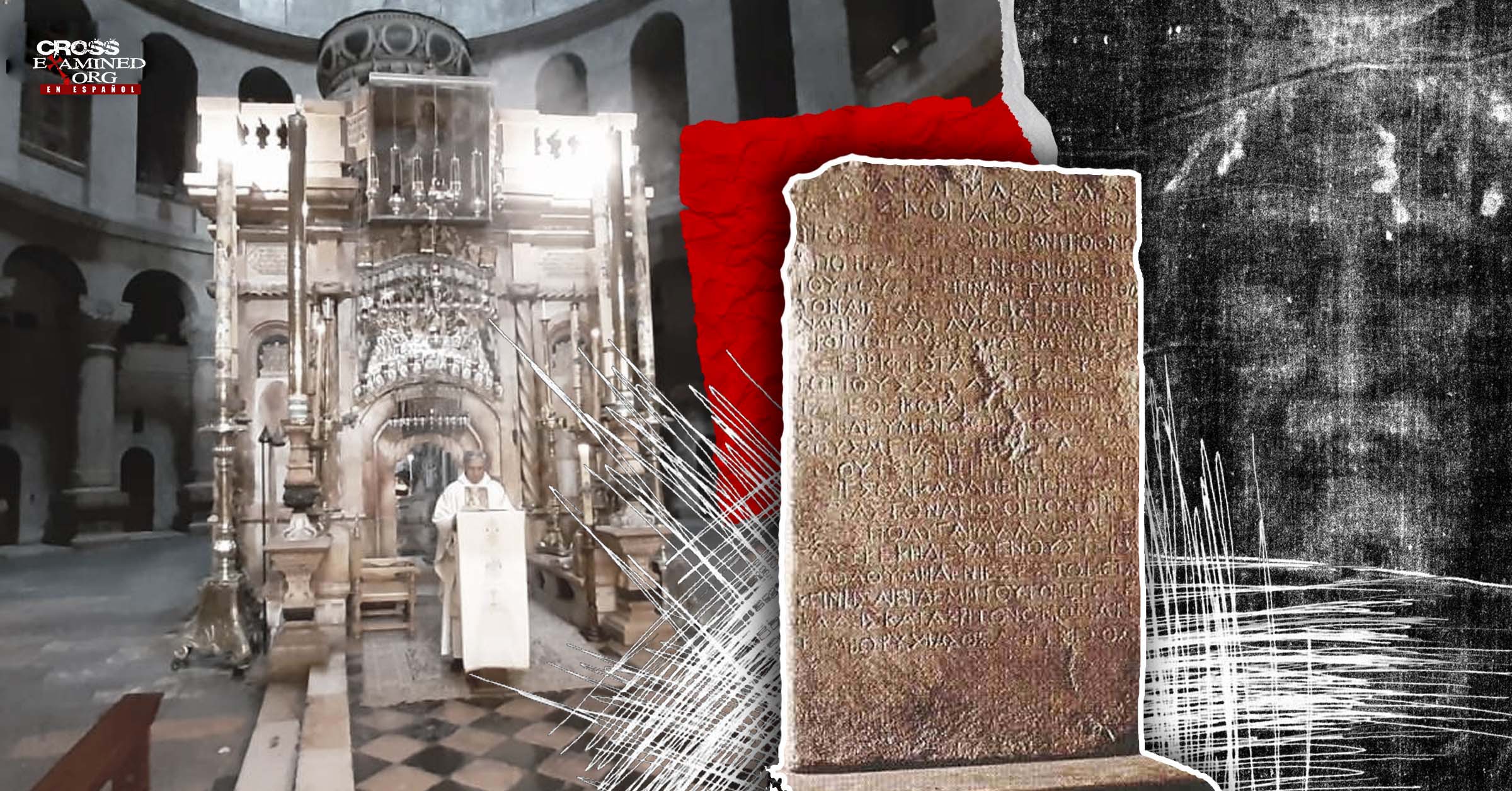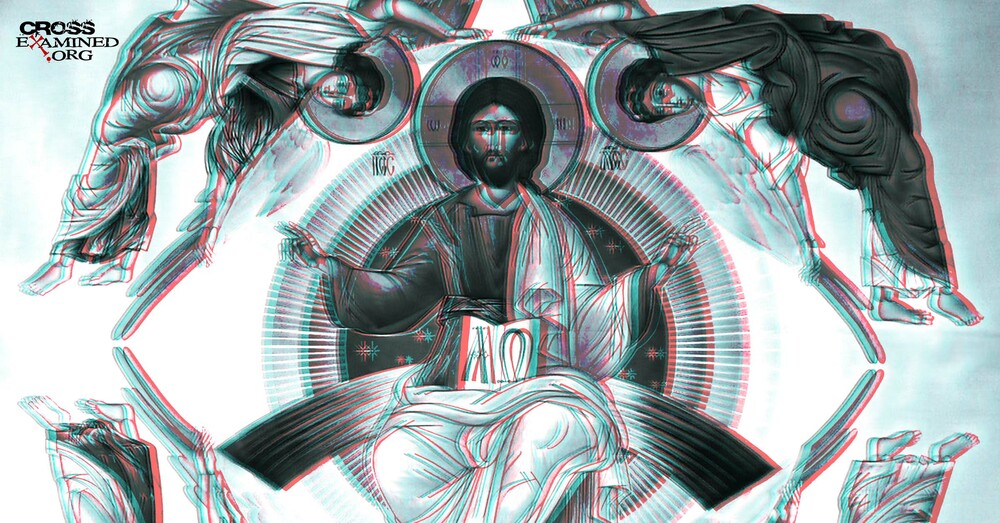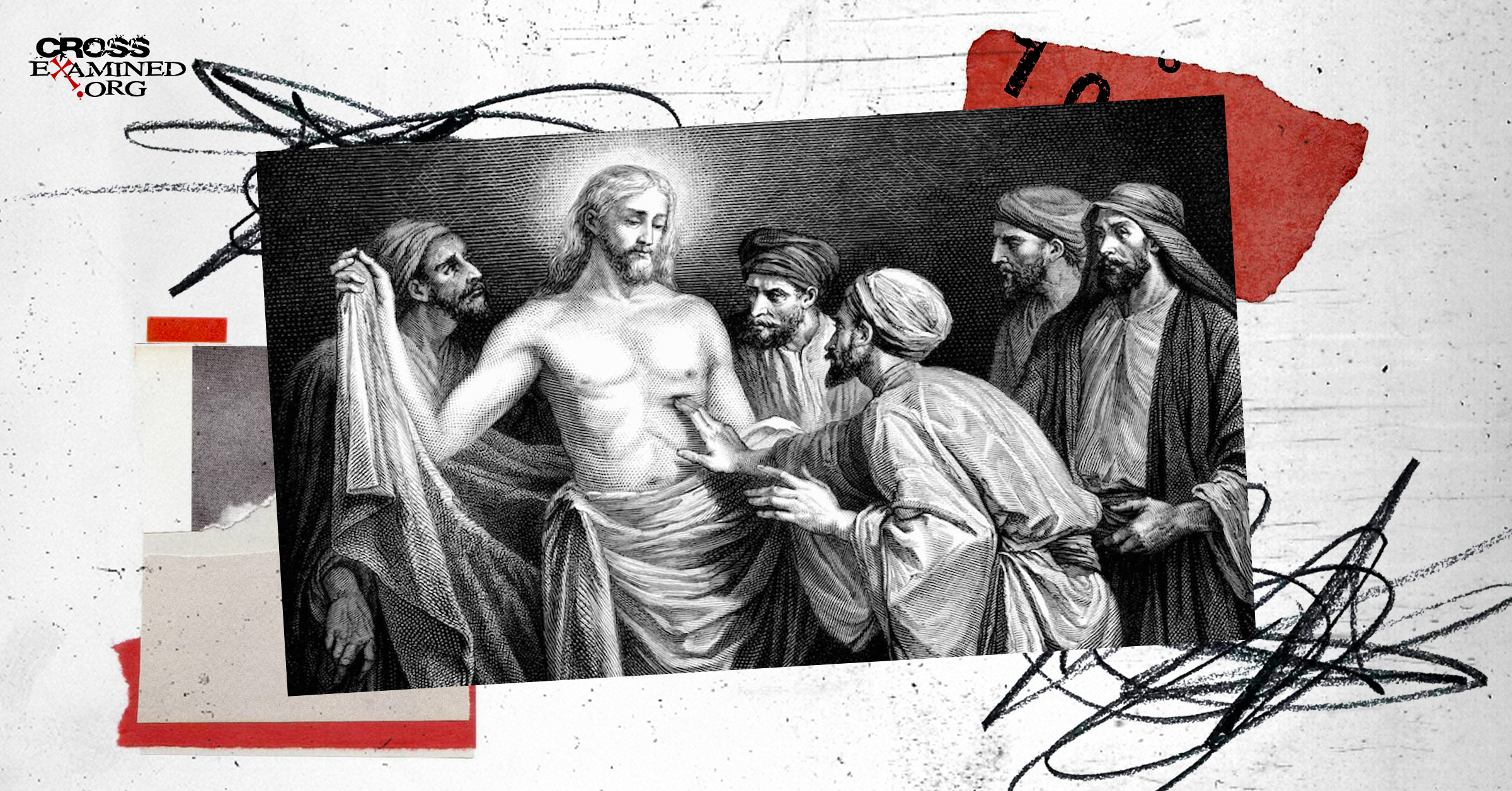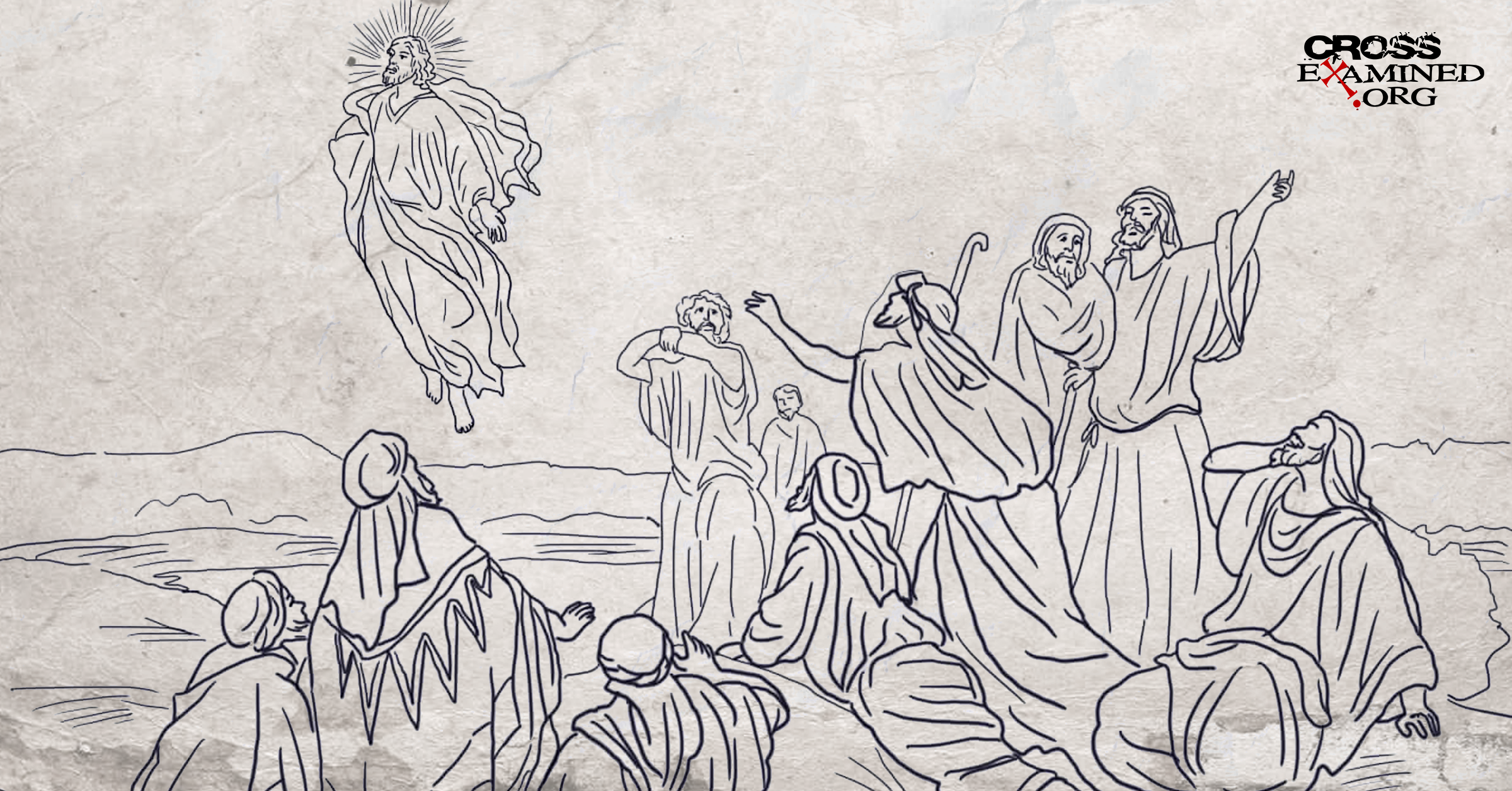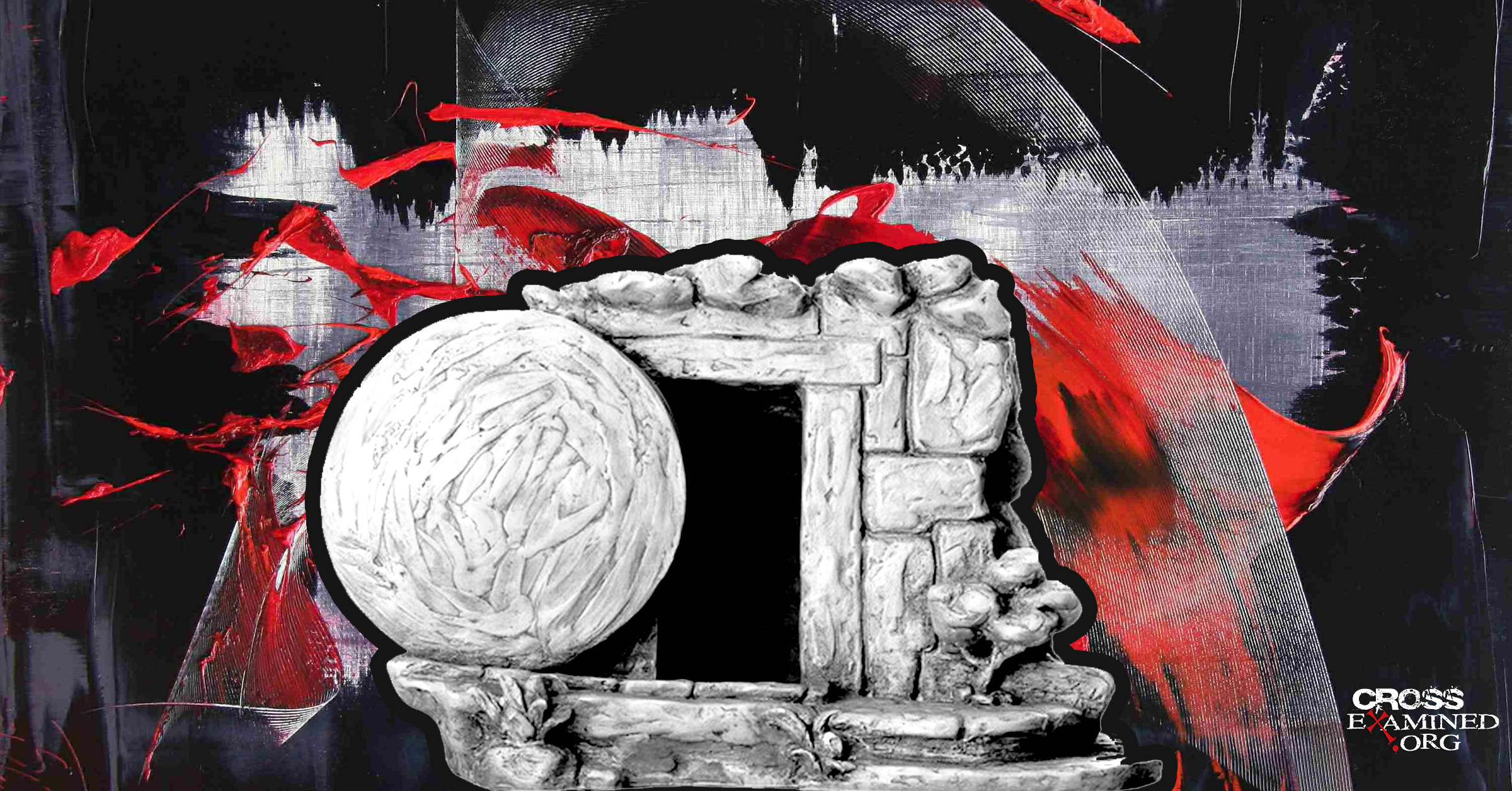Por Brian Chilton
Mientras que Dios utilizó la apologética para devolverme la fe, Dios utiliza la teología para humillarme, asombrarme y reconfortarme ante su asombrosa presencia. La teología es una de mis pasiones. Mi currículum muestra cuánto amo la teología. Como mencioné en un post anterior, me di cuenta de que las escuelas que contratan profesores desean que los solicitantes posean 18 horas de estudio de posgrado en el campo elegido. Con la curiosidad de saber qué horas tenía, empecé a investigar cuántas horas poseía en diferentes campos. Me di cuenta de que cuando termine mi doctorado, tendré 30 horas de estudio teológico. Supongo que se me puede llamar un superdotado. Desde luego, no digo esto para parecer fanfarrón. Simplemente lo menciono para señalar el gran impacto que la teología ha tenido en mi vida.
Aunque he dedicado gran parte de mi tiempo a los estudios teológicos, me siguen pareciendo ciertas las palabras del Dr. Daniel Mitchell, profesor de teología de la Universidad Liberty: “Cuanto más estudiamos a Dios, más grande se vuelve”. Le pregunté qué quería decir con esa afirmación en una clase que tuve con él. Mitchell señaló que no quería decir que hiciéramos a Dios más grande en nuestra imaginación, sino que empezamos a comprender cuan grande es realmente Dios cuanto más lo estudiamos. Cuando comprendemos la grandeza de Dios, nuestras preocupaciones tienden a desvanecerse en los cálidos y fuertes brazos de Dios.
Un atributo divino que proporciona tanto asombro como serenidad es la omnipresencia divina de Dios. La palabra omnus significa “todo”. Todos entendemos lo que significa el término presencia. Así, Dios tiene la capacidad de estar en todos los lugares y en todo momento. No hay un lugar donde no se encuentre la presencia de Dios. La Escritura indica la naturaleza omnipresente de Dios en muchos lugares, pero se encuentra más explícitamente en el Salmo 139. David escribe mientras habla con Dios,
“¿A dónde me iré de tu Espíritu? ¿Y a dónde huiré de tu presencia? Si subiere a los cielos, allí estás tú; Y si en el Seol hiciere mi estrado, he aquí, allí tú estás. Si tomare las alas del alba y habitare en el extremo del mar, Aun allí me guiará tu mano, Y me asirá tu diestra. Si dijere: Ciertamente las tinieblas me encubrirán; Aun la noche resplandecerá alrededor de mí. Aun las tinieblas no encubren de ti, Y la noche resplandece como el día; Lo mismo te son las tinieblas que la luz.” Salmo 139:7-12 (RVR60)
A partir del texto que nos ocupa, se demuestra que Dios está presente en todos los lugares en el mismo momento. Wayne Grudem define la omnipresencia de Dios de la siguiente manera: “Dios no tiene tamaño ni dimensiones espaciales y está presente en cada punto del espacio con todo su ser, aunque Dios actúa de forma diferente en diferentes lugares” (Grudem, Teología Sistemática, 178). La omnipresencia divina impacta al creyente de múltiples maneras, pero por razones de espacio, me concentraré sólo en cinco.
- Dios está contigo cuando nadie más puede estarlo. A menudo, las personas se sienten solas. Los viudos que han perdido a sus cónyuges pueden sentir una abrumadora sensación de pérdida. Cuando mi esposa se fue en un viaje de negocios, me sentí abrumado por la sensación de soledad que me invadió, aunque fuera por un tiempo. Las personas que tienen que vivir en residencias asistidas o en centros de cuidados pueden sentir que son las personas más solitarias de la tierra. Sin embargo, cuando entendemos la naturaleza omnipresente de Dios, comprendemos que ninguno de nosotros está realmente solo. Dios promete que estará contigo ahora y por toda la eternidad. Jesús dice: “he aquí yo estoy con vosotros todos los días, hasta el fin del mundo.” (Mateo 28:20, RVR60). Dios le prometió a Abraham que estaría con él, diciendo: “He aquí, yo estoy contigo, y te guardaré por dondequiera que fueres” (Gn. 28:15, RVR60). La presencia de Dios nos acompaña a donde vayamos. Esto sólo es posible gracias a la naturaleza omnipresente de Dios.
- Dios está con tus seres queridos cuando tú no puedes. La naturaleza omnipresente de Dios sostiene que Dios puede proteger a tus seres queridos desde lejos. Israel (es decir, Jacob) le dijo a su hijo José que sabía que Dios cuidaría de él aunque estuviera a punto de morir (Gn. 48:21). Considera también al centurión romano. Tuvo fe en que Jesús podía sanar a su siervo incluso cuando Jesús no estaba presente (Mateo 8:5-14). El centurión tenía fe en el poder omnipresente de Dios para sanar. Tal vez ésta fue una de las cosas que sorprendió a Jesús por la profundidad de la fe del centurión. Incluso cuando no estás presente con tus familiares, Dios sí lo está. Dios puede ayudar a los que sufren en zonas lejanas mucho más de lo que tú o yo podríamos.
- Dios está con tus seres queridos que ya han fallecido. Dios es el Dios de Abraham, Isaac y Jacob (Éxodo 3:6). Jesús utiliza este argumento para defender la realidad de la vida después de la muerte (Mateo 22:32). Jesús comprendió que Abraham, Isaac y Jacob seguían vivos bajo la vigilancia espiritual de Dios. Algunos de sus seres queridos pueden haber muerto. Sin embargo, con Dios, la muerte ha muerto. Para los que murieron en Cristo, viven en la eternidad. Esto indica que Dios está con nuestros seres queridos en la eternidad. Si captamos esta realidad, incluso el miedo a la muerte muere en el amor omnipresente de Dios.
- Dios está trabajando en la creación incluso cuando no puedes verlo. Dios está más allá de la esfera de la creación, pero siempre está trabajando en la creación (Sal. 147:4). Dios es quien estableció el sol, la luna, las estrellas, las galaxias e incluso el propio universo (Jer. 31:35). La naturaleza omnipresente de Dios indica que está en todos los lugares y en todo momento en el universo e incluso más allá del universo. Él no depende del universo, mas el universo depende de Dios. No hay un cambio molecular en los confines del universo que coja a Dios desprevenido. Dios sabe cuándo, si, cómo y dónde la estrella Betelgeuse explotará en una supernova o se transformará en una estrella de neutrones.
- La presencia de Dios está con el creyente de forma personal. Aunque Dios está en todas partes, se relaciona personalmente con los que reciben a Cristo (Juan 5:38; 8:31; 15:4-9). Considere lo siguiente: El Dios de toda la creación -el trascendente, magnífico, santo, justo, amoroso y omnipresente Creador de todas las cosas- desea tener una relación contigo. Oh, esto es tan profundo y a la vez tan difícil de entender. ¿Por qué Dios desearía amar a alguien como nosotros? Yo no lo sé. Pero Dios lo hace.
Escribo esto sin saber a qué se enfrenta usted, el lector, al leer esta entrada. Pero la faceta asombrosa de este atributo divino es que no importa dónde estés, Dios está ahí contigo. Pablo dijo a los atenienses en el Areópago que Dios había establecido a partir de un hombre cada persona, nación y lengua. Dios estableció las fronteras y determinó los tiempos y las estaciones. Dios hizo esto, dice Pablo, “para que busquen a Dios, si en alguna manera, palpando, puedan hallarle, aunque ciertamente no está lejos de cada uno de nosotros.” (Hechos 17:27, RVR60). Sorprendentemente, Dios ha bendecido al Ministerio Bellator Christi para que lleguen a casi todas las naciones de nuestra querida Tierra. No importa dónde estés leyendo esto, Dios está cerca de ti. Dios está dispuesto a recibir tu adoración. Dios está dispuesto a perdonarte por el sacrificio que Jesús hizo en tu nombre. Por su naturaleza omnipresente, Dios puede llenarte con el Espíritu de Dios. Dios está contigo. Dios está siempre cerca de ti. ¿Qué puede ser mejor que eso?
Recursos recomendados en Español:
Robándole a Dios (tapa blanda), (Guía de estudio para el profesor) y (Guía de estudio del estudiante) por el Dr. Frank Turek
Por qué no tengo suficiente fe para ser un ateo (serie de DVD completa), (Manual de trabajo del profesor) y (Manual del estudiante) del Dr. Frank Turek
__________________________________________________________________________________________________________________________________________________
Brian G. Chilton es el fundador de BellatorChristi.com, el presentador de The Bellator Christi Podcast, y el autor del Layman’s Manual on Christian Apologetics. Recibió su Maestría en Divinidad en Teología de la Universidad Liberty (con alta distinción), su Licenciatura en Ciencias en Estudios Religiosos y Filosofía de la Universidad Gardner-Webb (con honores), y recibió la certificación en Apologética Cristiana de la Universidad Biola. Brian está inscrito en el programa de doctorado en Teología y Apologética de la Universidad Liberty y es miembro de la Sociedad Teológica Evangélica y de la Sociedad Filosófica Evangélica. Brian ha estado en el ministerio durante casi 20 años y sirve como el Pastor Principal de la Iglesia Bautista de Westfield en el noroeste de Carolina del Norte.
Blog Original: https://cutt.ly/pTZkIRJ
Traducido por Yatniel Vega García
Editado por Daniela Checa Delgado



